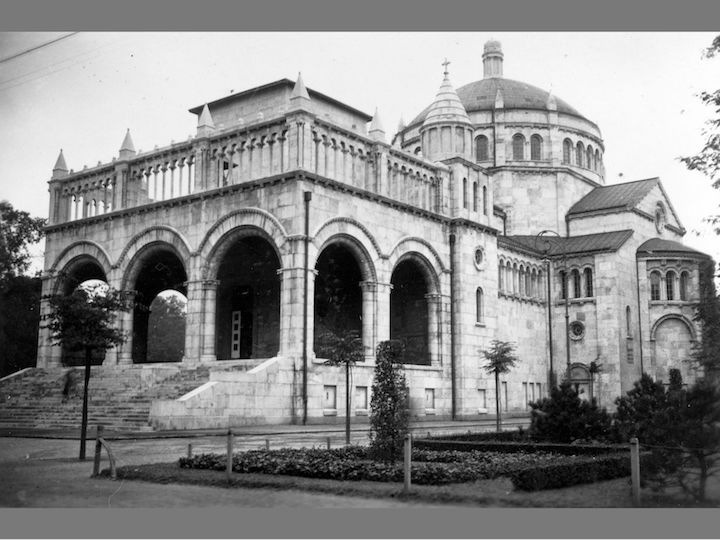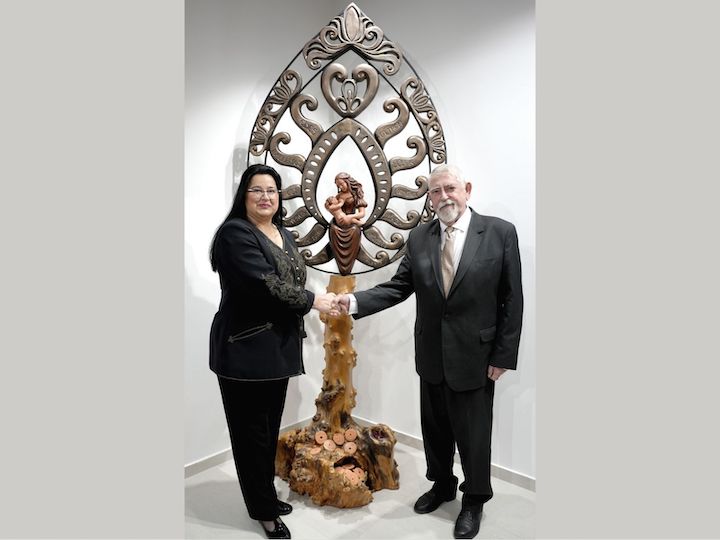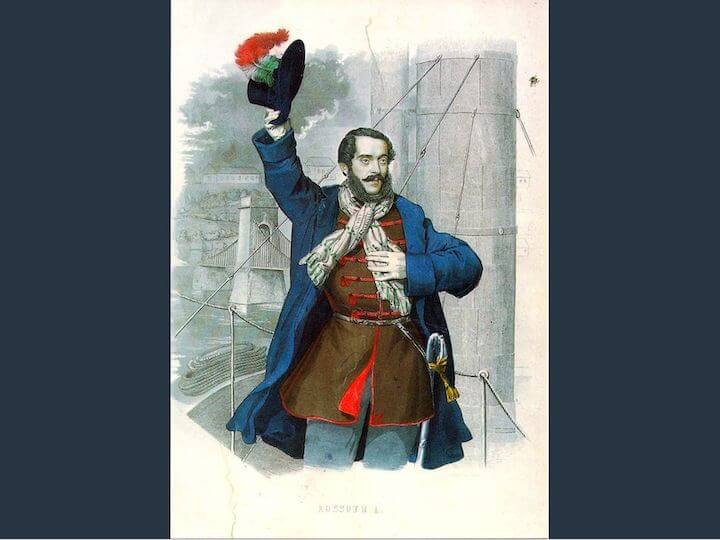
Magyar ifjúság, neked élned kell!
1951. szeptember 23-án Rákosi Mátyás parancsára felrobbantották a Regnum Marianum-templomot. Isten házát rombolták porig, azt az épületet, amely éppen a kommunista istentelenség és keresztényüldözés mementójaként hirdette az Élet győzelmét a sötétség felett.
Magyar örökségünk szobrai
Józsa Judit kerámiaszobrász és művészettörténész ünnepélyes keretek között átadta Magyar örökség című kiállítási anyagának három remekművét a Magyarságkutató Intézet számára.


Mesterséges intelligencia a szövegalkotásban. Hogyan viszonyuljunk hozzá?
A mesterséges intelligencia pár hónap alatt robbant be a köztudatba és a tudományos diskurzusba egyaránt. Hogy megfelelően tudjuk alkalmazni ezt az eszközt, érdemes nagy vonalakban áttekinteni a működését.
Tovább erősödnek a kapcsolatok a Magyarságkutató Intézet és a Mongol Tudományos Akadémia között
Levélben fejezte ki köszönetét a Magyarságkutató Intézet főigazgatójának és tiszteletbeli elnökének a Mongol Tudományos Akadémia régészeti intézetének igazgatója, Prof. Dr. Gelegdorj Eregzen egyetemi docens.


A nagyétkű püspök, avagy Strossmayer kísérlete
Nemrég szó esett a számunkra, magyarok számára gyászos, ám horvát barátaink számára hősi emlékű Josip Jelačić bánról. Ezúttal essék néhány szó a magyarság egy másik, sokkal fölkészültebb horvát ellenfeléről, Josip Juraj Strossmayer püspökről is.
Egy ágyban az ellenséggel
Kétszázhuszonegy esztendővel ezelőtt, 1802. szeptember 19-én született Monokon kossuthfalvi és udvardi Kossuth Lajos, az 1848–1849-es önvédelmi harc és függetlenségi háború vezéralakja, a ’48-as emigráció apostola. A róla kialakult kép ma is meghatározza nemzettudatunkat, habár a hősi pátosz mögött kevésbé látható az ember.


„Öt küldöttség zaklatta a királyválasztó gyűlést”
Hunyadi Mátyás már évek óta súlyos betegséggel küszködött, a király 1490. április 6-án Bécsben bekövetkezett halála mégis váratlanul érte mind közvetlen környezetét, mind az országot.
Graggertől Graggerig – A hungarológia 100 éve a Tartui Egyetemen
Száz évvel ezelőtt érkezett az észtek Heidelbergájába, az 1632-ben alapított Tartui Egyetemre Csekey István, a közigazgatási jog professzora.


A történelem a nemzettudat-formáló eszmék győzelme
A fenti gondolatot a magyar múzeumügy kiemelkedő vezéralakja, Pulszky Ferenc képviselte, aki több mint két évszázaddal ezelőtt született 1814. szeptember 17-én Eperjesen, majd 1897-ben csupán egy bő hét híja volt 83. életéve betöltésének, amikor szeptember 9-én elhunyt. A színes életpályát bejáró kultúrpolitikus már férfikora delén (1869) leírhatta barátjának, hogy „[h]idd el életem olyan volt, mint az ezeregy éjnek bármely regénye”.1
Nagy királyok mellé temették
Szapolyai János pályája és uralkodása egyike a XVI–XVII. századi magyar történelem számos vitatott kérdésének. Szinte a kezdetektől indulatok, állásfoglalások és értékelési viták középpontjában van a hazai történettudományban és a közgondolkodásban is.
